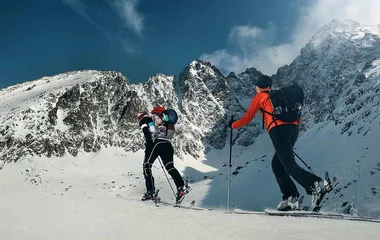
Best thing about Glacier Skiing
The best thing about glaciers, however, is that they offer the chance to ski in spring and summer, as well as opportunities for glacier walking and hiking. Skiing in the summer months is an entirely different experience –it’s warmer, more relaxed and combines the best of both worlds by letting you ski in the mornings before enjoying the sunny mountains in the afternoons.
Summer skiing also ensures that you don’t get too rusty between winter ski holidays – glaciers in the Alps are used by snow sports teams around the world for summer training. And there’s another good reason for that, says Rob Stanford, manager of Warren Smith Ski Academy, which runs a series of technique courses on the Zermatt Glacier from Cervinia every April and during the summer. While the runs are shorter, and only drag lifts can be used to take account for the movement of ice, they offer short, fast repetition and an excellent opportunity for skiers to tune up their technique.













